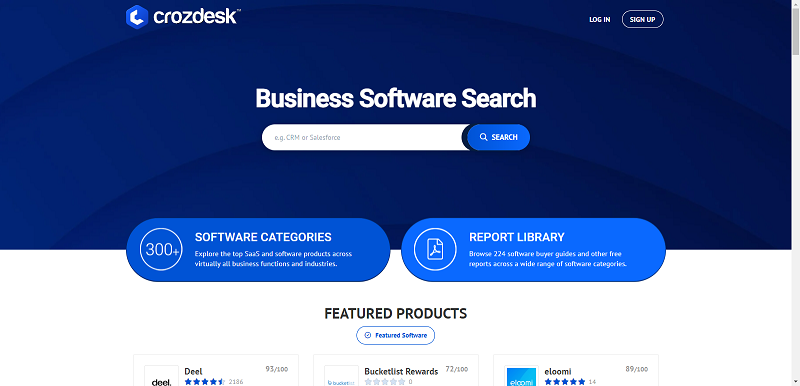In the past few years, we have seen a surge of advancement in cloud development. New platforms, developer tools, and cloud services have become available, and developers have responded by building innovative cloud-based applications, services, and businesses. In my opinion, we’ve only unleashed the beginning of what cloud developers can do because they’ve been held back in two ways.
1) Cloud developers have been able to access a wealth of cloud data, but they’ve been blocked from accessing enterprise data.
2) Cloud developers have been able to reach the world, but they don’t have a great way to touch digitized physical environments, such as IoT environments, smart buildings/cities, and manufacturing environments.
The question is, how do we unlock this opportunity for developers? The answer is that we can leverage an innovation that is happening in the infrastructure- the infrastructure is becoming programmable, and this enables the hybrid cloud.
Hybrid cloud represents a next wave of innovation for cloud developers. Developers can write applications that harness the power of the cloud while incorporating physical IoT environments and enterprise data. The programmable infrastructure provides the access, security, and performance needed for this. The opportunity for innovation is tremendous, but we need infrastructure operators to build programmable hybrid cloud infrastructures that cloud developers can use.
Reaching infrastructure operators around the world may seem daunting. However, the good news is Cisco’s partners and customers are running the world’s biggest infrastructures, and they’re getting trained up on infrastructure programmability with DevNet. Today’s infrastructure includes not only computing and the network, but also edge computing and hybrid cloud environments. Now that the infrastructure is programmable at the compute layer and the network layer, new ideas and invention are merely awaiting engineers and developers to bring them to life.
What does a programmable infrastructure mean for hybrid cloud applications? Applications and infrastructure used to work very differently. Developers built an application and hoped for best performance possible on the infrastructure. In a multicloud and hybrid cloud environment, applications are even more dependent on the performance of the infrastructure. Now that interchange is programmable, cloud and hybrid cloud apps can interact with infrastructure in ways that weren’t previously possible. IT administrators and operators, devops engineers and SREs want to automate the processes of running, configuring and managing the network so they can build applications optimized for the infrastructure itself, fully realizing the hybrid cloud potential.
App developers also want to take advantage of IoT digitization and edge devices that gather valuable data. Combined with Machine Learning, this treasure of new data can bring detailed business insights from the edge of the network in physical locations such as smart cities, buildings, homes and manufacturing facilities.
At DevNet, we’re helping people get the software skills, training and APIs they need to write the next generation of hybrid and multi-cloud applications. With over half a million DevNet members, there is now a vast community of people who are familiar with infrastructure programmability and can work together to make this new world a reality.
Cisco has partnered with Google Cloud to help hybrid cloud environments work seamlessly together. Using Google’s Open Service Broker, Apigee and Istio combined with Cisco Container Platform, CloudCenter, and Stealthwatch, developers can create secure and agile applications that can be deployed across the infrastructure and the hybrid cloud.
DevNet is making it easy for developers, engineers and SREs to get started with Cisco and Google Cloud. We have built Learning Labs, developer environments and resources for using Cisco Container Platform within the Google Cloud Platform. Visit developer.cisco.com/google where you can try out CI/CD in a hybrid cloud or test Cisco IOx Edge router for processing and carrying Containers at the edge of the network. Or discover how to use Meraki for location analytics in a hybrid could app.
And now, you don’t even have to invest in the infrastructure to try out these new technologies. DevNet has a new sandbox for the Cisco Container Platform in the Google Cloud Platform. With the CCP sandbox, we’ve set up a hybrid cloud environment for you. All you have to do is reserve time, and you’ll have instant, free access to your own hybrid cloud infrastructure. Find out more at developer.cisco.com/google.
To help people get started programming applications in the hybrid cloud infrastructure, we are announcing a Cisco Google Cloud Challenge. You’re invited to build hybrid cloud solutions that leverage Cisco Container Platform and Google Cloud Platform and win some great prizes. We will choose 10 finalists and 2 winners. If you’re a finalist, we’ll promote your solution in the DevNet Ecosystem Exchange, and the winners will join me on stage at Cisco Live Europe in Barcelona. Get all the details at developer.cisco.com/googlechallenge, where you can also register for the challenge today.
Start submitting your Cisco Google Cloud Challenge solutions on September 1, 2018. Submissions close on November 1, and we will announce the finalists at KubeCon in December. The winners will be announced at Cisco Live Europe in Barcelona in January 2019.
There’s a world of hybrid cloud development opportunities waiting to transform businesses with new data, insights and applications. Get hands-on now at DevNet and start perfecting your skills. Sign up for the challenge, and hopefully I’ll see you on stage with me in Barcelona. Best of luck to all of you!
By Susie Wee





